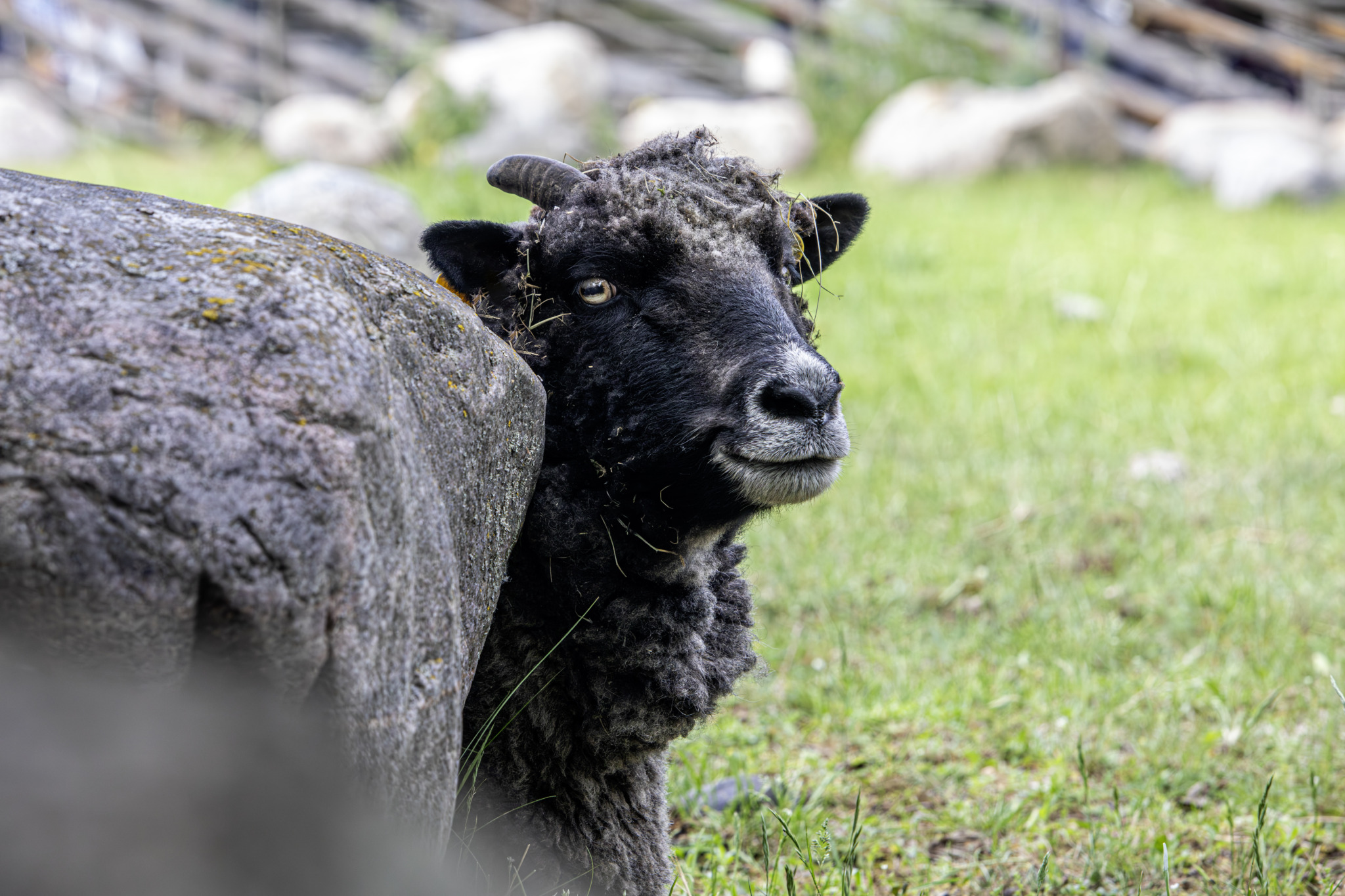Although sheep (Ovis aries) have been one of the most exploited domestic animals in Esto-nia since the Late Bronze Age, relatively little is known about their genetic history. Here, we explore temporal changes in Estonian sheep populations and their mitochondrial genetic diversity over the last 3000 years. We target a 558 base pair fragment of the mitochondrial hypervariable region in 115 ancient sheep from 71 sites in Estonia (c. 1200 BC–AD 1900s), 19 ancient samples from Latvia, Russia, Poland and Greece (6800 BC–AD 1700), as well as 44 samples of modern Kihnu native sheep breed. Our analyses revealed: (1) 49 mito-chondrial haplotypes, associated with sheep haplogroups A and B; (2) high haplotype diversity in Estonian ancient sheep; (3) continuity in mtDNA haplotypes through time; (4) possible population expansion during the first centuries of the Middle Ages (associated with the establishment of the new power regime related to 13 th century crusades); (5) significant difference in genetic diversity between ancient populations and modern native sheep, in agreement with the beginning of large-scale breeding in the 19 th century and population decline in local sheep. Overall, our results suggest that in spite of the observed fluctuations in ancient sheep populations, and changes in the natural and historical conditions, the utili-sation of local sheep has been constant in the territory of Estonia, displaying matrilineal continuity from the Middle Bronze Age through the Modern Period, and into modern native sheep.
[www.researchgate.net]
Views: 17
Subscribe to the newsletter:
